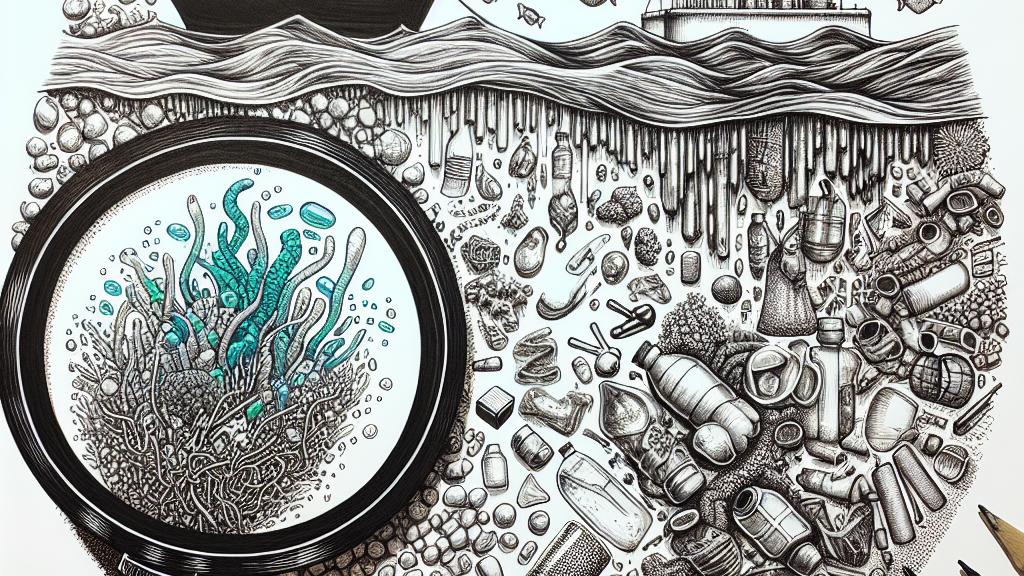Addressing Microplastics in the UN Plastic Pollution Treaty
Overview
- The UN treaty represents a groundbreaking approach toward eliminating plastic pollution globally.
- Microplastics are a crucial focus, posing severe risks to environmental and human health.
- Effective international cooperation is essential for ensuring sustainable legislation.

The Urgency for Comprehensive Action
As the world prepares for pivotal discussions at the United Nations in November 2024, the pressing challenge of plastic pollution takes center stage. Microplastics—tiny plastic particles, generally measuring less than 5mm—are a particularly insidious issue in this context. They originate from various sources, including the breakdown of larger plastic items such as bottles, bags, and particularly textiles. For example, when we wash our synthetic clothes, thousands of microfibers are released into waterways, cascading into oceans and ecosystems worldwide. Thus, for the UN treaty to succeed, it must aggressively tackle the microplastics problem, as failure to act will perpetuate a cycle of pollution that jeopardizes ecosystems and undermines human health. This holistic approach is not just beneficial; it is imperative for the sustainability of our environment.
Health and Environmental Risks from Microplastics
The impact of microplastics is alarming and pervasive. Research has shown that these small particles have infiltrated every corner of our planet, from the deepest ocean trenches to the most remote mountain peaks. In fact, studies suggest that nearly 35% of microplastics in the ocean are directly linked to the shedding of synthetic fibers from our clothing during washing. Besides endangering marine life—from the smallest plankton to the largest whales—microplastics can also find their way into our food chain. Imagine consuming seafood that has ingested these harmful particles, which could potentially lead to health complications like endocrine disruption and respiratory issues. This makes it crucial that the upcoming treaty not only focuses on eliminating plastic production and waste but also incorporates stringent measures aimed at controlling microplastics. The treaty must act decisively to protect both our health and the ecosystems that sustain life on Earth.
The Vital Role of Global Cooperation in Legislation
Addressing the multifaceted issue of plastic pollution, especially microplastics, necessitates an unprecedented level of global collaboration. The historic resolution endorsed by nations to establish a legally binding agreement signifies a momentous step forward in this fight. However, isolated efforts will not suffice; we need cohesive action and open dialogues among countries. For instance, establishing international guidelines for textile manufacturing could drastically reduce microfiber shedding, while fostering innovation in biodegradable alternatives would further mitigate microplastic pollution. By pooling resources and expertise, nations can implement best practices from successful case studies around the globe. Moreover, engaging in research about the health implications of microplastics can spur further action and innovation. Only through a united front can we effectively combat plastic pollution, ensuring healthier lives and a sustainable planet for future generations.

Loading...